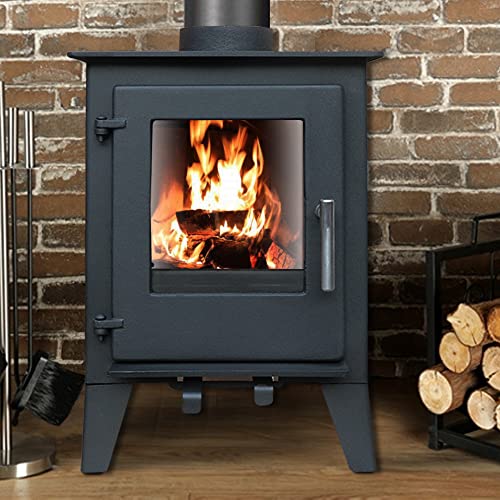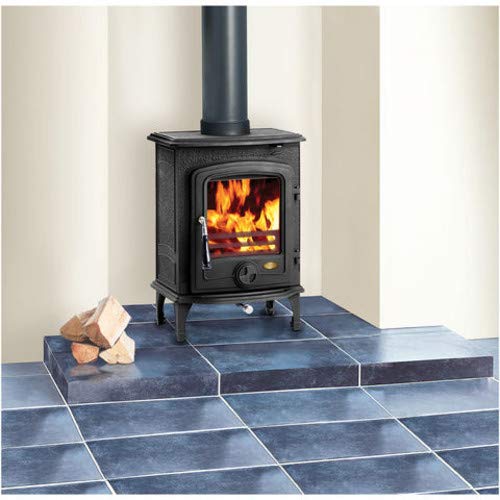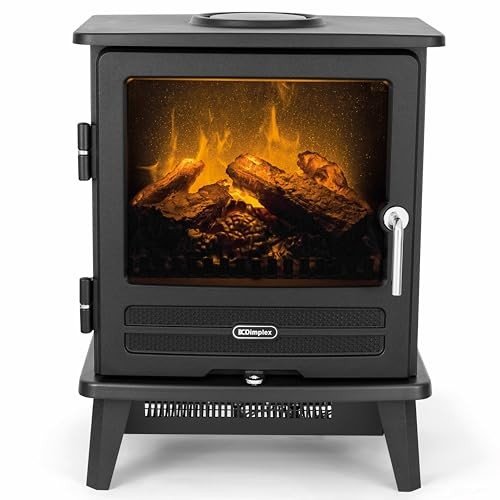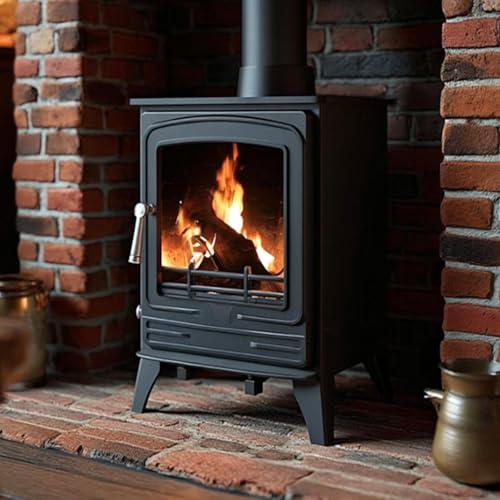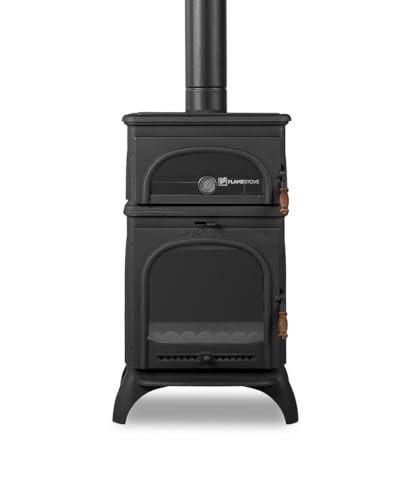Stove fireplaces are a fantastic way to add cozy warmth and charm to your home. They come in a variety of styles and sizes, making it easy to find one that fits your space and decor perfectly. Plus, many options are super efficient, helping you save on heating costs while creating a welcoming atmosphere for family and friends.
Stove Fireplaces
Cozy up your home with stylish and efficient heating solutions for every space
Product List
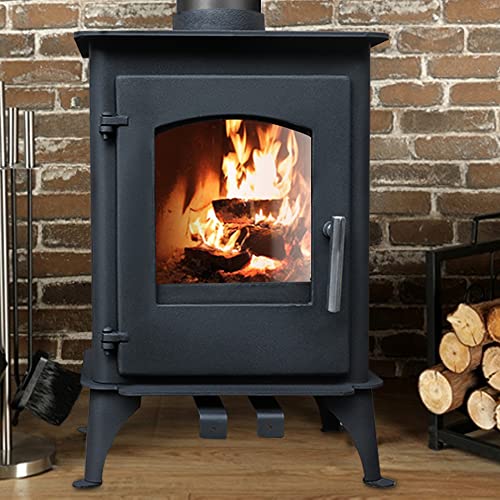

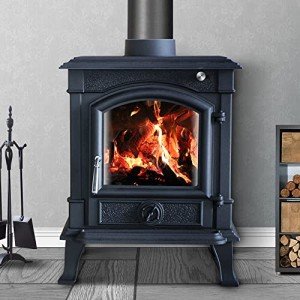
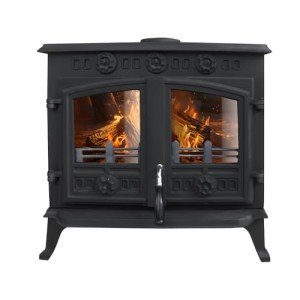
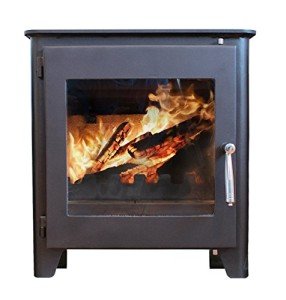
Saltfire ST1 Woodburning Stove
Saltfire
Product Review Score
4.77 out of 5 stars
212 reviews$1,073.32

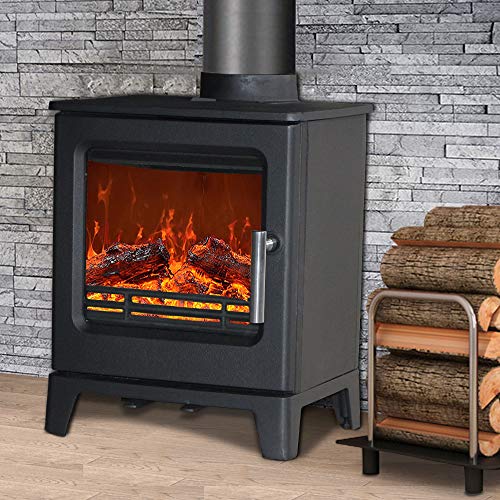
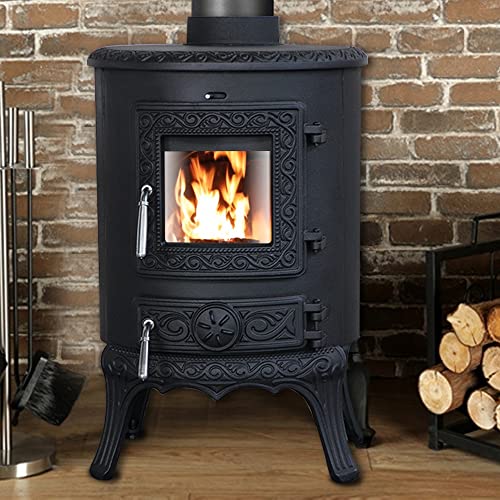
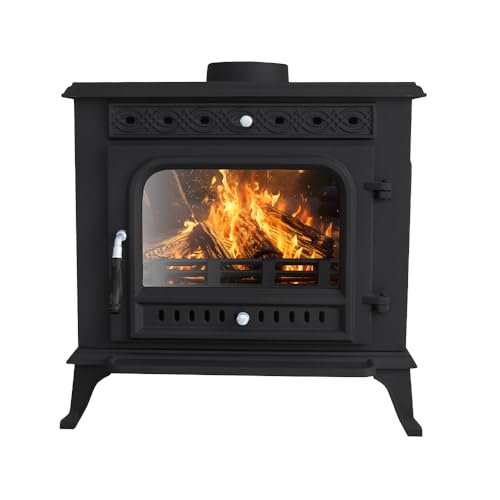
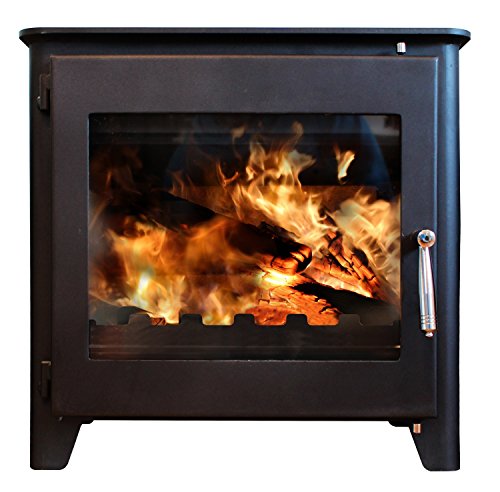
Saltfire ST3 Woodburning Stove
Saltfire
Product Review Score
4.72 out of 5 stars
64 reviews$1,207.66
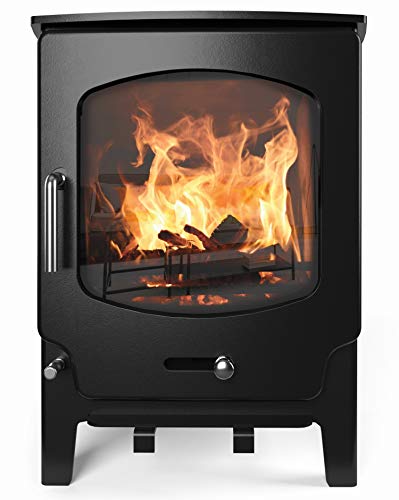
Saltfire ST-X8 Multi-Fuel Stove
Saltfire
Product Review Score
4.92 out of 5 stars
116 reviews$1,476.32
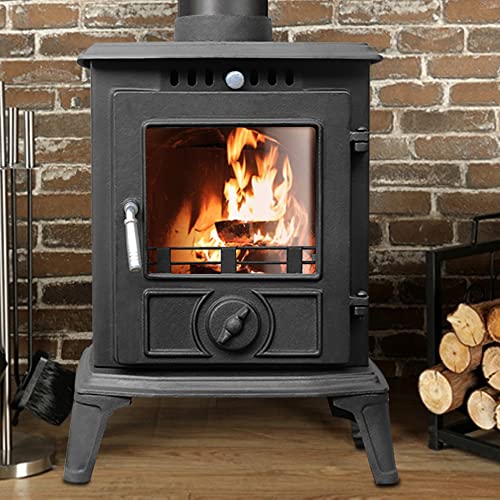
Stove fireplaces have carved a niche for themselves in the world of heating solutions. Combining functionality with aesthetic appeal, they offer warmth during the cold months while setting a cozy ambiance. This blog post delves into the benefits, types, and maintenance tips for stove fireplaces. By understanding their features and functionalities, homeowners can make informed decisions about incorporating these systems into their spaces.
What is a Stove Fireplace?
A stove fireplace is an independent heating appliance that uses a solid, liquid, or gas fuel source to generate heat. Unlike traditional fireplaces that require a chimney and are mostly decorative, stove fireplaces are engineered to maximize efficiency and heat output.
Benefits of Stove Fireplaces
The growing popularity of stove fireplaces can be attributed to several benefits they offer:
| Benefit | Description |
|---|---|
| Efficiency | Modern stove fireplaces boast high energy efficiency ratings, often converting a significant portion of their fuel into heat. |
| Environmentally Friendly | Many modern stove fireplaces can use biofuels or pellets, significantly reducing carbon emissions compared to traditional options. |
| Versatile Design | Available in various styles, materials, and sizes, stove fireplaces can be integrated into any home décor, from rustic to modern. |
| Cost-Effective | They can reduce heating bills by providing targeted heat, allowing homeowners to lower their thermostat settings. |
| Easy Installation | Many stove fireplaces are compact and can be installed in areas without existing chimney systems. |
Types of Stove Fireplaces
Stove fireplaces come in several types, each designed to cater to different requirements and preferences. Here’s a closer look:
| Type | Fuel Source | Description |
|---|---|---|
| Wood-Burning Stoves | Wood | Classic stoves that use logs or pellets to generate heat. They provide a striking visual element and a nostalgic feel but may require more maintenance. |
| Gas Stoves | Natural Gas, Propane | Clean-burning and easy to use, gas stoves are convenient and can be easily turned on/off. They can offer realistic flame visuals, similar to wood-burning stoves. |
| Pellet Stoves | Wood Pellets | These stoves use compressed wood or biomass pellets as fuel, providing an efficient, automated heating solution. Pellet stoves usually have hoppers that automatically feed fuel. |
| Electric Stoves | Electricity | Ideal for homes without venting options, electric stove fireplaces provide warmth without emissions, offering various designs that mimic real flames. |
| Bioethanol Stoves | Bioethanol | These are portable and can be used indoors or outdoors. They don’t require venting and burn cleanly, though they generally produce less heat compared to other options. |
Maintenance Tips for Stove Fireplaces
To ensure a long lifespan and efficient operation, regular maintenance is key. Here are essential maintenance tips for stove fireplaces:
-
Regular Cleaning
- Schedule regular cleaning of the stove, including the chimney if applicable, to remove soot and debris that can build up over time.
-
Inspect Gaskets
- Check the gaskets for wear and tear. Damaged gaskets can lead to air leaks, reducing efficiency and increasing fuel consumption.
-
Schedule Professional Inspections
- Have a professional inspect and service the stove annually. This can identify potential issues and ensure everything operates safely and efficiently.
-
Refill Fuel Supply
- Ensure that the fuel source (wood, pellets, or gas) is regularly replenished according to the stove's requirement.
-
Use Quality Fuel
- For wood-burning stoves, use seasoned wood to reduce creosote buildup. For pellet stoves, choose high-quality pellets that produce less ash and residue.
Frequently Asked Questions (FAQ)
1. How does a stove fireplace work?
A stove fireplace works by burning a fuel source (wood, gas, pellets, or electricity) to generate heat. The heat is then radiated into the room, warming the space efficiently. Venting systems differ by fuel type, so it’s essential to understand your stove’s specific requirements.
2. Are stove fireplaces safe for indoor use?
Yes, stove fireplaces can be safe for indoor use when they are properly installed and maintained. Ensure that your unit complies with local safety codes. Regular chimney cleaning and inspections can prevent fire hazards.
3. Can I install a stove fireplace in any room?
While stove fireplaces can be installed in many locations, it’s crucial to adhere to local building codes and guidelines. Professional installation can help determine the best placement based on venting and clearance requirements.
4. What type of stove fireplace is the most efficient?
Pellet stoves and modern gas stoves tend to be the most efficient, offering high heat output with low emissions. Factors such as fuel quality, proper maintenance, and installation significantly impact overall efficiency as well.
5. How often do I need to clean my stove fireplace?
Regular cleaning is recommended depending on the usage frequency. For wood-burning stoves, a weekly check for ash buildup is advisable, while a more thorough cleaning and inspection should be done once a year. Gas and electric stoves require less frequent upkeep, generally once a year.
Stove fireplaces are a wonderful addition to any home, providing both comfort and style. With various options available, from traditional wood-burning models to modern electric and gas variants, there is a solution for every homeowner's needs. Proper maintenance ensures efficiency and longevity, making stove fireplaces a wise choice for those seeking warmth and ambiance. Whether you want to curl up by the fire with a book or gather with family and friends, a stove fireplace can create a cozy sanctuary in your home for many years to come.
